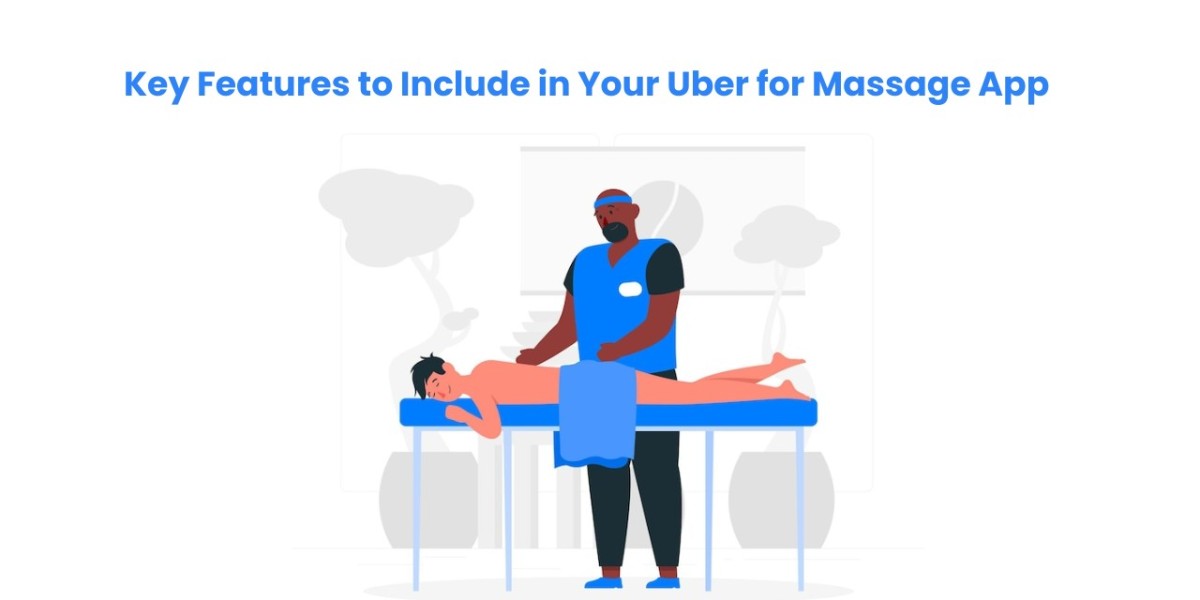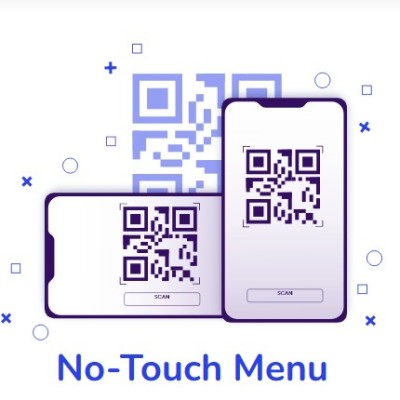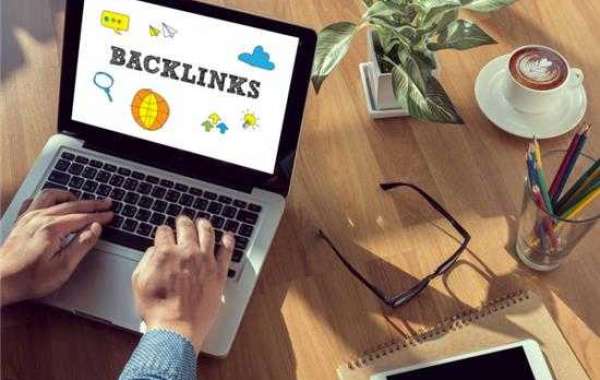In today’s fast-paced world, many people are looking for ways to relax without leaving their homes. That’s where Uber for massage apps comes in. These apps connect users with professional massage therapists who can provide services at home, in the office, or wherever the customer wants. If you’re planning to develop a massage booking app, it’s important to know what features users expect. A smooth experience for both customers and therapists is key to your app's success.
Below, we’ll go through the essential features your Uber for Massage app should include to attract users, keep them coming back, and help your business grow.
Understanding the Basics of an Uber for Massage App
Before we dive into features, let’s understand how an Uber-style massage app works.
The idea is simple: users open the app, browse available therapists, book a service, and the massage therapist comes to their location at the scheduled time. On the other end, therapists also use the app to manage bookings, set availability, and get paid.
There are usually two panels: one for users and one for service providers. Some apps also include an admin panel to manage users, therapists, payments, and analytics.
User Panel Features
Easy Sign-Up and Profile Management
Make it simple for users to sign up or log in using their phone number, email, or social media accounts. Once logged in, users should be able to edit their profile, including name, contact details, location, and preferences.
Service Search and Filters
Users should be able to browse different massage services like deep tissue, Swedish, sports massage, or prenatal massage. Allow filters based on price, rating, location, and availability. This helps users find exactly what they’re looking for without scrolling endlessly.
Booking and Scheduling
Let users book appointments instantly or schedule them for later. The scheduling system should display therapist availability in real-time so users can choose a time that works for both parties.
In-App Payments
Provide multiple payment options, such as credit/debit cards, wallets, and even cash (if applicable). Make sure the process is smooth and secure, with proper payment gateway integration.
Real-Time Tracking
Once a therapist is on the way, the user should be able to track their location in real-time, just like in a ride-sharing app. This gives users peace of mind and adds transparency.
Reviews and Ratings
After the service, users should be able to rate their experience and leave feedback. This helps build trust and helps other users make better decisions when booking.
Booking History and Rebooking
Users often want to book the same therapist again. Add a “rebook” option in the history section to save time and make the user experience more seamless.
Notifications and Reminders
Send push notifications for upcoming bookings, therapist arrival, promotions, or even helpful tips for self-care. These small updates keep users engaged with the app.
Therapist Panel Features
Easy Registration and Document Upload
Therapists should be able to register easily and upload required documents such as certifications, ID proofs, and work history for verification.
Profile Customization
Therapists should be able to set their working hours, services offered, service area, and pricing. This flexibility allows professionals to work on their own terms.
Booking Management
Allow therapists to view, accept, or reject incoming booking requests. They should also be able to view their calendar and manage appointments efficiently.
Earnings Dashboard
Include a dashboard where therapists can track their earnings, completed services, pending payments, and payout history.
Ratings and Feedback
Allow therapists to view the feedback they receive so they can improve their service quality and understand customer expectations better.
In-App Chat or Call
Enable communication between users and therapists through in-app chat or call features. This helps with last-minute clarifications or updates about the appointment.
Read More: Build an On-Demand Uber Massage App For Startup Business
Admin Panel Features
User and Therapist Management
The admin should be able to monitor all users and therapists, approve or reject therapist profiles, and manage any disputes or issues that arise.
Booking and Payment Monitoring
Track all bookings, payments, commissions, and transaction history in one place. This ensures that everything is transparent and accounted for.
Promotions and Offers
Admins can create and manage discount codes, loyalty rewards, and seasonal offers to increase user engagement and app downloads.
Reports and Analytics
Provide detailed reports about user activity, booking frequency, top-performing therapists, and more. This data helps improve services and grow the business.
CMS and Notifications
Use a built-in content management system (CMS) to update static pages like FAQs, privacy policies, and terms. Also, use the dashboard to send notifications and newsletters to users and therapists.
Advanced Features to Stay Ahead
GPS-Based Matching
Automatically match users with the nearest available therapist based on GPS location. This feature ensures quicker service and better resource optimization.
Membership Plans
Offer premium features or discounted rates for members. For example, monthly packages that include multiple massage sessions at a lower cost.
Multi-Language and Currency Support
If you’re planning to expand internationally, your app should support multiple languages and currencies for ease of use in different regions.
Emergency Support
Include a panic button or quick contact option in case of emergencies. It adds an extra layer of safety for both users and therapists.
Service Packages and Customization
Let users choose a combination of services, duration, or add-ons like aromatherapy or hot stone therapy. Personalization increases user satisfaction.
Conclusion
As more people look for ways to relax and recover without stepping out of their homes, Uber-style massage apps are becoming incredibly popular. However, the key to success lies in offering a seamless experience for both users and therapists. From smooth booking processes and real-time tracking to secure payments and reliable customer support, every feature plays an important role in user satisfaction.
Whether you're just starting out or planning to expand your current service offering, having the right features in your Uber for massage app will help you stand out in a competitive market. If you’re looking for a flexible platform to build your business, using a gojek clone app could be a great way to get started. It allows you to integrate massage services with many other on-demand solutions under one app, giving you a scalable and smart business model for the long run.










